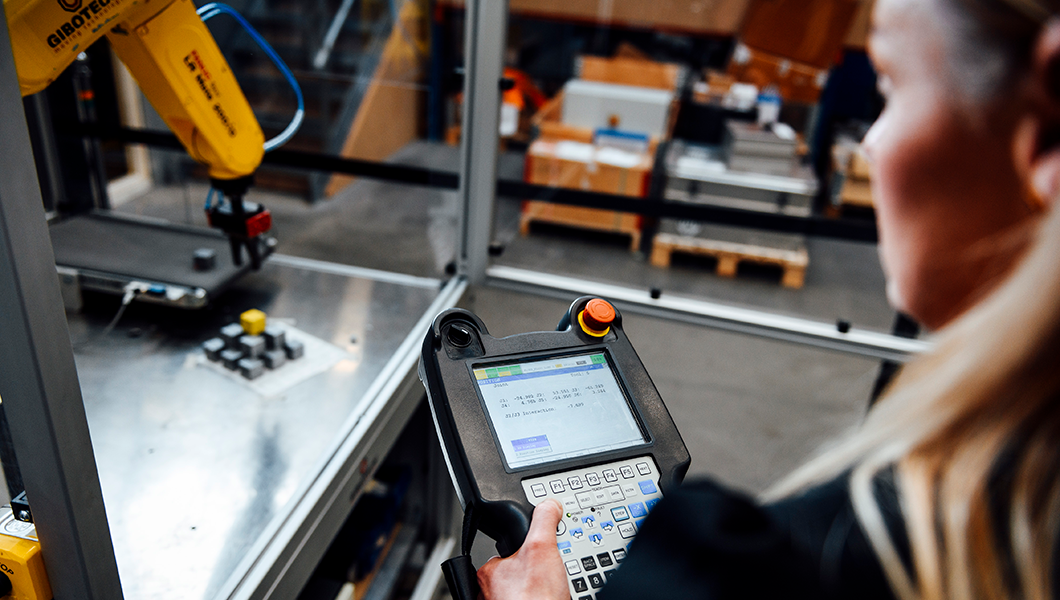A robot still needs to be programmed by a human.
One of the concerns you may have as an employee when your workplace starts talking about automating is whether you will lose your job. But don’t worry, people cannot be dispensed with.
When we talk about automation, it is in connection with workflows that can be standardized. In other words, workflows are carried out in the same way every time and many times during the day.
Such workflows can be automated to the benefit of all parties. For the employees, especially for the reason that repetitive and monotonous tasks often equate to a less good working environment.
But what happens to your job when automation takes over?
As an extension of the automation solutions we have installed, we have not seen that this has led to a decrease in the number of employees. It will often happen that your work is simply moved to another work task.
Depending on your primary work task, automation can give you more time to perform exactly that task. If, for example, you wash and check surgical instruments in a Sterile Processing Department, you can concentrate solely on that task instead of (also) spending time picking up and handing over the instruments at other workstations.
If you drive carts around between departments, you may find yourself at one end or the other of the transport task. Here, for example, you can fill carts and prepare them for transport, or you can empty them again and put the items into the correct, respective rooms in the department.
And then of course there is the aspect that automation must of course be maintained and inspected, which – naturally – is a task that must be handled by people. Just as the programming and quality control cannot be done by automation.
So automation removes tasks, but it doesn’t remove employees. It just moves them to other tasks.
Sign up for our newsletter
Contact us
Address
Datavej 15
5220 Odense SØ
Denmark
Contact
+ 45 65 95 82 62
gibotech@gibotech.dk
Opening hours
Monday – Thursday: 7.00 – 15.30
Friday: 7.00 – 13.00
